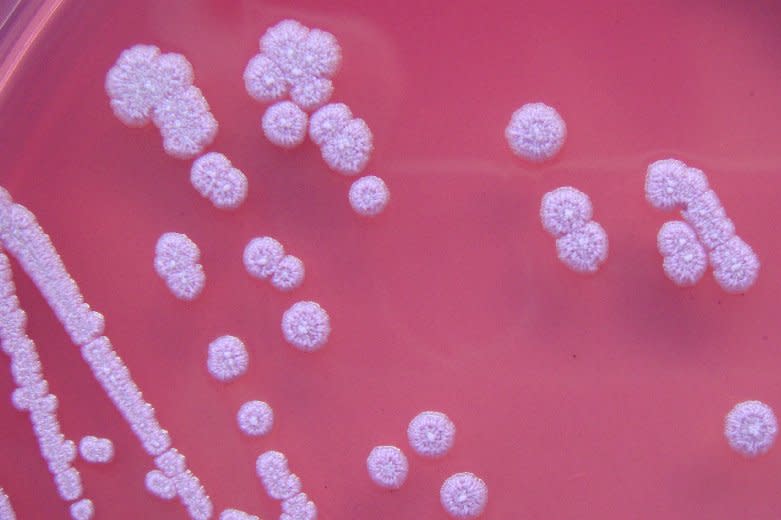MIT scientists develop way to toughen up 'good' bacteria, extend shelf life

July 5 (UPI) -- Massachusetts Institute for Technology officials said Friday its researchers have developed a way to enable microbes used in medicines and agriculture to survive extreme conditions, including the rigors of processing them into tablets with extended shelf-life.
The technique pioneered in the lab of Giovanni Traverso, an associate professor of mechanical engineering, utilizes a range of food and drug additives to create formulations of live cultures, including yeast and bacteria, that are resistant to harmful high temperatures, radiation and industrial processing, MIT said in a news release.
The study, published in the journal Scientific Nature, was able to show that mixing microbes with one of about 100 different ingredients -- mostly sugar and peptides -- extended their 180-day survival rate not only at room temperature but at 37 degrees Celsius (96.6 degrees F), and even as high as 50 degrees Celsius (122 degrees F), as well as exposure to massive radiation doses.
The team is currently analyzing how well a batch of modified microbes recently returned from a trip to the International Space Station fared in the harsh environment of space.
The work is the culmination of work begun about six years ago with funding from NASA's Translational Research Institute for Space Health to try to make bacteria in probiotics and microbial therapeutics more efficacious.
After tests on 13 commercially available probiotics found that six contained fewer live bacteria than stated on the label due to drying into powder form, or lyophilization, and use of an organic solvent to process them into tablets or pills which can be toxic to the bacteria, scientists set out to find additives that could improve the microbes' ability to withstand this harsh treatment.
The microbes with which they experimented were Escherichia coli Nissle 1917, a probiotic; Ensifer meliloti, a bacterium that can fix nitrogen in soil to support plant growth; Lactobacillus plantarum, a bacterium used to ferment food products; and a yeast called Saccharomyces boulardii, also used as a probiotic.
"We developed a workflow where we can take materials from the 'generally regarded as safe' materials list from the FDA, and mix and match those with bacteria and ask, are there ingredients that enhance the stability of the bacteria during the lyophilization process?" Traverso said.
Focusing on E. coli Nissle 1917, a probiotic that can be used to treat "traveler's diarrhea," a condition caused by drinking water contaminated with harmful bacteria, researchers found combining caffeine or yeast extract with a sugar called melibiose created a very stable form of the bacterium which they dubbed formulation D.
That produced survival rates of microbes stored for six months at 37 Celsius of more than 10%, compared with a commercially available form of E. coli Nissle 1917, which lost all viability after only 11 days.
The modified formulation also was resistant to much higher levels of ionizing radiation, up to 1,000 grays, millions of times above those typically found on earth or even in space, where daily levels average 15 micrograys and 200 micrograys, respectively.
The research also showed the modified versions still did the job they were designed to do after being put through otherwise deadly treatment, with Ensifer meliloti still able to form symbiotic nodules on plant roots and convert nitrogen to ammonia after being exposed to temperatures of up to 50 Celsius.
Additionally, E. coli Nissle 1917 was able to inhibit the growth, in vitro, of Shigella flexneri, one of the leading causes of diarrhea-related deaths in low- and middle-income countries.
The researchers said they did not fully understand how formulations protect bacteria, but believe that the additives may help to stabilize the cell membranes of the bacteria during rehydration.
Samples of their "extremophile" microbes sent to the space station last year in what Miguel Jimenez, lead author and Boston University assistant professor of biomedical engineering, called "the ultimate stress test" that involved bolting some to the outside of the station, as well as some kept on the inside, are safely back on Earth.
Jimenez's lab will now compare samples kept inside the space station and those exposed to space to each other and against control samples that stayed on Earth.
The research was carried out with the help of funding NASA's Translational Research Institute for Space Health, Space Center Houston, MIT Department of Mechanical Engineering, 711 Human Performance Wing, and the Defense Advanced Research Projects Agency.


